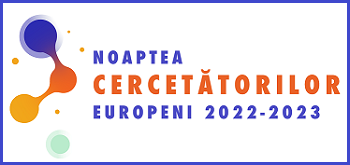| Conţinutul numărului revistei |
| Articolul precedent |
| Articolul urmator |
 833 833 0 0 |
 SM ISO690:2012 SM ISO690:2012CHIRICA, Vasile. Культура Рипичень–Брынзень. In: Stratum plus, 1999, nr. 1, pp. 164-167. ISSN 1608-9057. |
| EXPORT metadate: Google Scholar Crossref CERIF DataCite Dublin Core |
| Stratum plus | ||||||
| Numărul 1 / 1999 / ISSN 1608-9057 /ISSNe 1857-3533 | ||||||
|
||||||
| Pag. 164-167 | ||||||
|
||||||
| Rezumat | ||||||
The culture of Ripicheni-Brînzeni. The Palaeolithic culture Ripicheni-Brînzeni is characterized by the collections of flint articles from the sites of Mitoc-Malu Galben, Mitoc-Valea Izvorului, Ripiceni-Izvor and Brînzeni. It is subdivided into 2 types: the classical European Aurigniac (Mitoc-Malu Galben) and the group from other monuments, close to the European Aurigniacian. In their industry the specific features of the Middle Palaeolithic are clearly seen: the techniques of Levallois is representative; the traditions of acheuleene are spread over (taking into consideration the presence of bifaces), many side-scrapers, denticulate and notched tools. Together with this, the typical features of the Upper Palaeolithic are noted: lamellar techniques, various scrapes and burins, double pieces, blades with continuous retouch, Dufour bladelets etc. The period of existence of this culture can be determined by the age of the grotto of Brînzeni in the limits of 35-30 thousand years and is correlated with the transition from the Middle to Upper Palaeolithic. |
||||||
|












